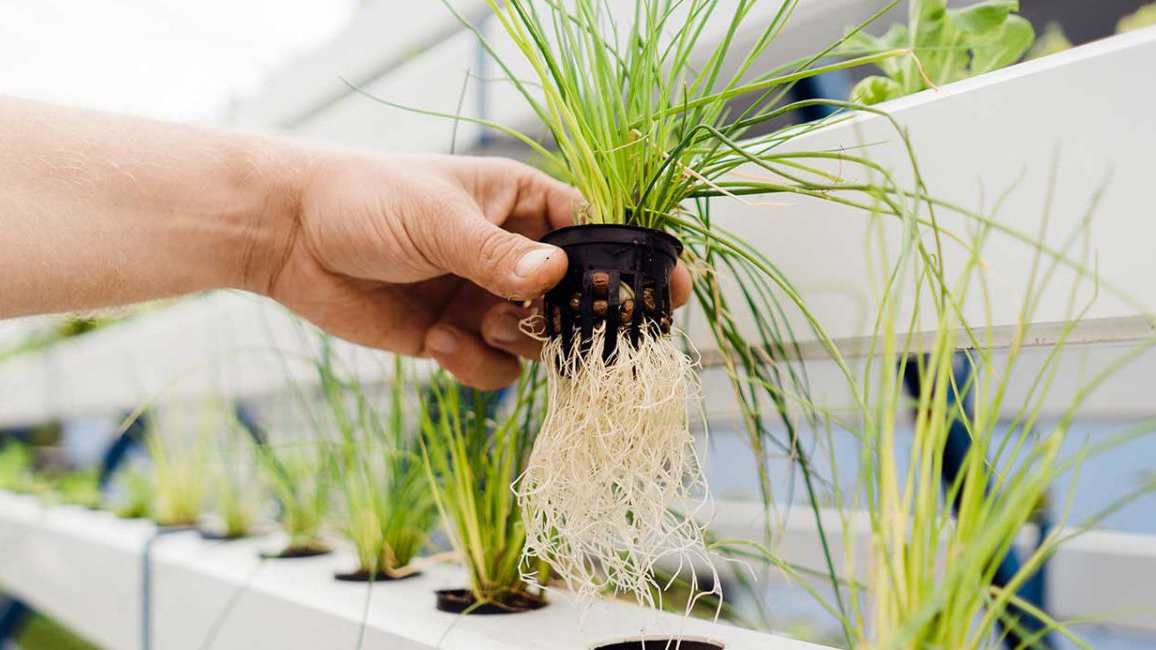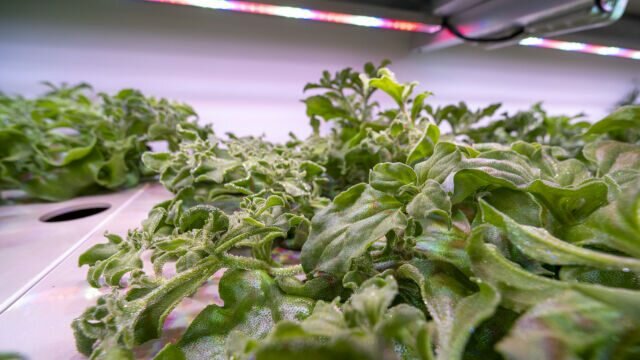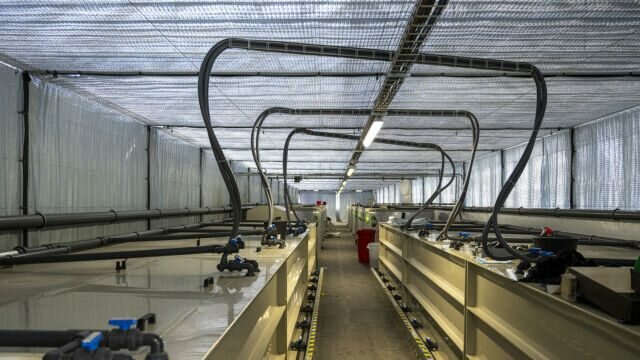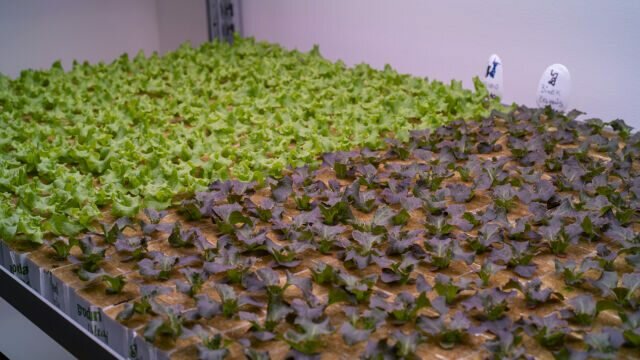The answer to this very frequent question is surprisingly simple. The main difference is fish, but you would most probably like to discuss this in more detail. Well, here we go. Aquaponics is in part based on hydroponics and in part on fish farming. This means that a hydroponic farm can easily be converted to an aquaponic farm by simply adding fish farming. This is, however, where the first complications arise. Aquaponic farms must maintain a very sensitive nutrient cycle. Put simply, you have to have the right ratio of fish to cultivated plants (or vice versa). The process works on the basis of the waste substances excreted by the fish, which are toxic to them, being converted into fertiliser for the plants. Therefore, if you have too few plants (or too many fish) in the aquaponic system, the fish could die as a result of poisoning caused by the substances that are toxic to them. Whereas, if the opposite is the case, i.e. you have too many plants (or too few fish), the plants will stop growing, start to wither and pathologies will appear.
Aquaponics is therefore more complex than hydroponics, which is why hydroponic cultivation has become more widespread in the last 30 years. Nowadays, industrial hydroponic greenhouses look very simple. They consist of a huge greenhouse, growing media (mostly made of coconut fiber), drip irrigation and a small outhouse next to the greenhouse for the storage of chemicals and the fertiliser mixer. Fertiliser is mixed according to precisely defined parameters. You can choose whether you want the plants to grow faster, produce larger fruit or for the fruit to be tastier. If needed, the necessary phytohormones can be added to the mixture to accelerate the growth of the root system or the ripening of the fruit. This mixture is then continuously run through the plant root system, which takes up the necessary substances. However, what remains at the end of this process is very concentrated toxic fertiliser solution that has not been absorbed. The growing medium itself is so full of it that it must be disposed of as hazardous waste. In hydroponic systems, it is also easier to over-fertilise plants.
The fertiliser is formed differently in aquaponics. The principal parameter is the feed for the fish. It undergoes the first bacterial decomposition process in the intestines of the fish. This is followed by a second, two-stage bacterial decomposition process in the trap filters before it becomes fertiliser for the plants. This solution is formed as naturally as it would be in natural ecosystems and is a universal solution, which means that plants cannot be over-fertilised. If the chemical decomposition of the complex organic elements into simple ones proceeds correctly, there are no substances toxic to the plants or the fish in the solution. It is similar to what happens in nature. Animals have always provided fertiliser for plants, and plants have always served as fodder for animals. Simply put, this principle describes the cycle of nutrients in nature. However, this balance is very sensitive to any external interference. If it is disturbed, aquaponics stops working and issues start to arise with regards to the growth of the plants or the fish.
In contrast, if the balance is right, there is a significant advantage in the high-quality, non-chemical fertiliser solution that is produced. Why? Because the plants take it up better and because it contains far more macro and micro elements than the hydroponic equivalent.
The differences are the following: Aquaponics is more complex because it requires extensive knowledge of fish farming, plant cultivation and the chemical processes associated with the decomposition of organic substances. On the other hand, you have dual production (fish) of natural products, a cleaner environment, less water use, and no chemical usage.
In contrast, hydroponic systems are simple to run, but have an impact on product quality and the environment, even though the latter is much less the case than in conventional agriculture, which is the cause of all the environmental issues of today.
One last, final note. All methods of cultivating food can be done commercially regardless of food quality or the environment, or can be done with love and respect for nature. There are many organic farmers and people who use natural fertilisers from animal faeces for hydroponic systems. That said, aquaponics is the only method that is gentle and environmentally friendly; otherwise it does not work.

















